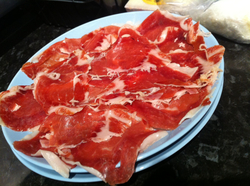
I know Sherry isn't everyone's choice, but if you like a very dry wine style, and enjoy an olive or two, then Fino could be for you. I won't drone on about how it's made. I've done that in past articles. In a basic screwtop bottle, this isn't an attractive serve, so it's perhaps not one for entertaining unless you serve discreetly in another room. But it is a stunning bottle for the price. Served ice cold with inexpensive olives, and some very expensive Jamón Ibérica, it transported me to an evening in Spain. In fact, we booked flights to Madrid as we sipped. You have been warned.
At just £6.25 from The Wine Society, it's around £4 cheaper than a standard bottle of Tio Pepe, and yet so, so good, with all the salty tang, bready, yeasty notes and almond flavours we love in a Fino.
Jancis Robinson rated it "very, very good value", while 3 separate reviewers (including 2 Masters of Wine) gave it 5 stars in February's Decanter magazine. We rate it one of the best Finos we've drunk in the last 2 years (including time spent in Jerez!) Give it a go. We drunk ours over the course of 4 nights by maintaining it's freshness with Vineyard Fresh. More on that coming soon.
Membership of The Wine Society is £40, lasts for life, and you get £10 off your first order.
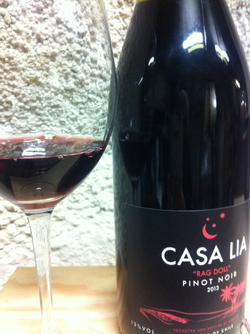
In a very different style, this bright red, is new in and priced at £7.82 from Wine Cellar Club's online store.
It's got all the structure you'd expect from a Pinot Noir (great acidity, integrated tannin, medium body), and lots of fruit. A lighter style red for those who don't like heavy red wines. You can read more about my love of Pinot Noir here. Although the back label refers to smokiness, this is a fruit forward wine made without use of oak, great for those of you who tire of the "taste of trees". Juicy strawberries and raspberries with some fresh red cherry, perhaps, and a hint of complexity on the finish. I'm relying on a 2 month old memory, but the first thing that came to mind was that the fruit and structure was similar to the £13 bottle I'd had recently.
Unlike some top Pinot Noirs, it's light on the truffle, undergrowth and mushroomy flavours sometimes associated with this grape variety. For me, this makes it approachable, easy-drinking and easy to pair with home-cooked food. I had it with chilli, but it might work just as well with seared tuna, a venison burger, or simply on it's own.
Burgundy winemakers will sleep easy in their beds. This wine appeals to a broader audience, though, and reaffirms my growing belief that Chile represents great value. For a wine at twice the price in a more oaked style, but still representing Chile, try Cono Sur's 20 Barrels, if you've got a spare £20 for a bottle.
Wine Cellar Club sells in cases of 12 with free delivery, and customers can mix from their selection in any quantity.
I'm told that ordering in 6s will soon be available, with a delivery charge likely to be around £5
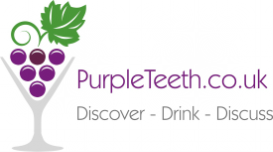
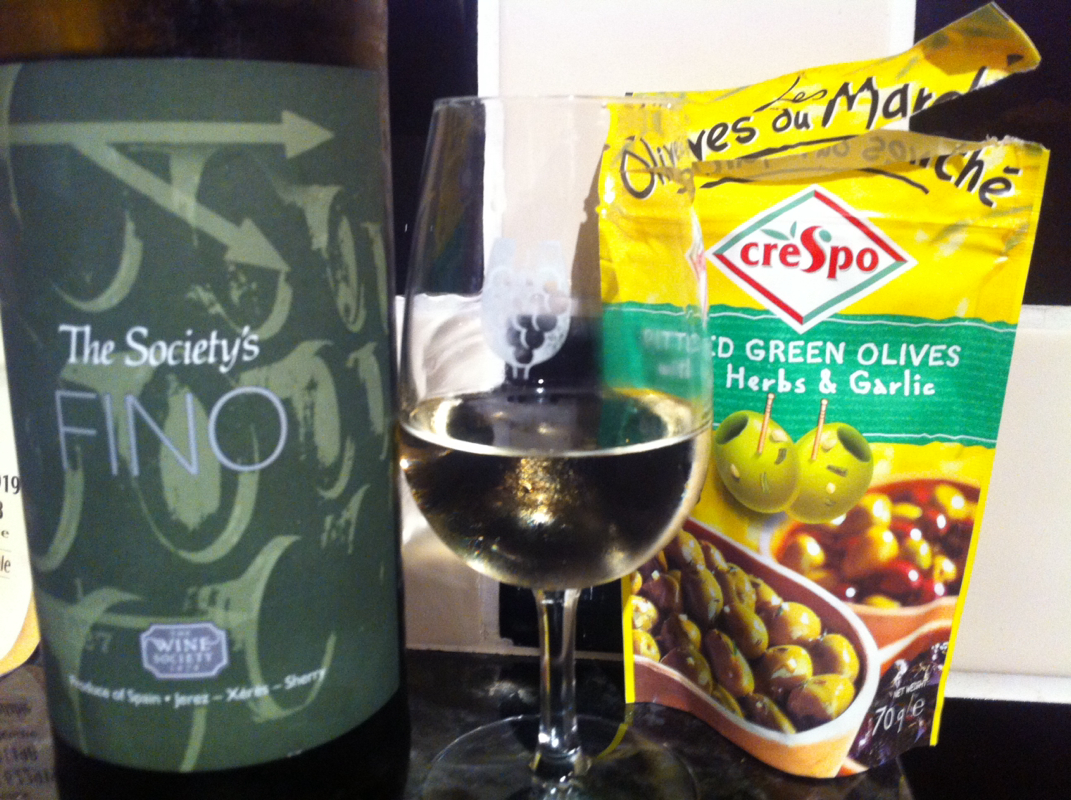
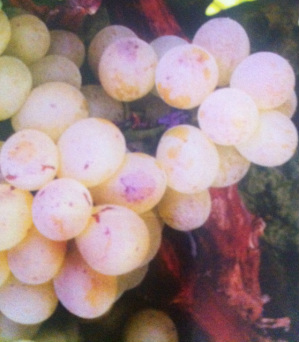
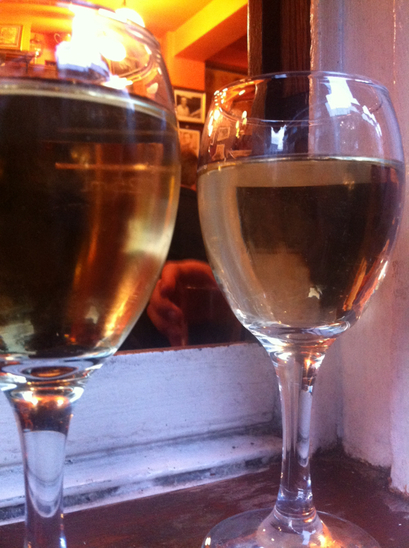

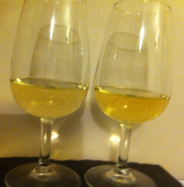
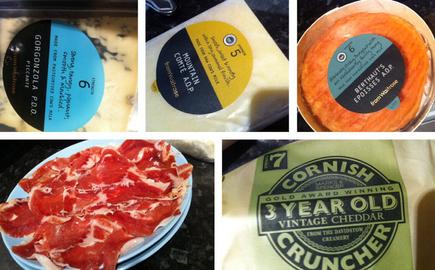
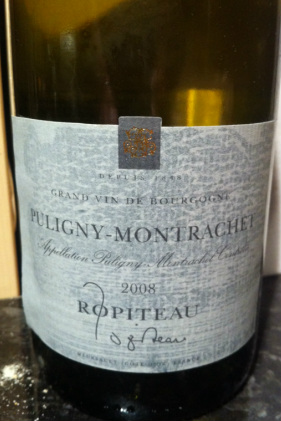
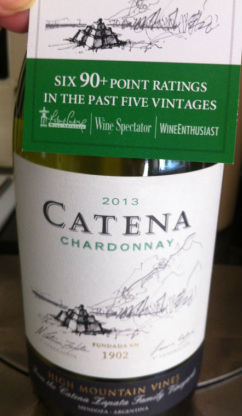
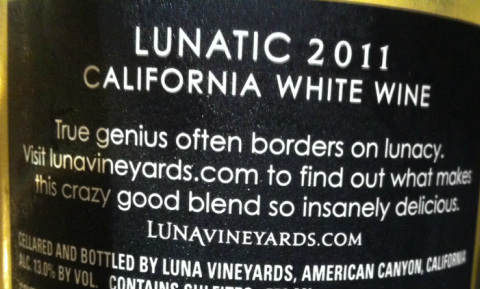
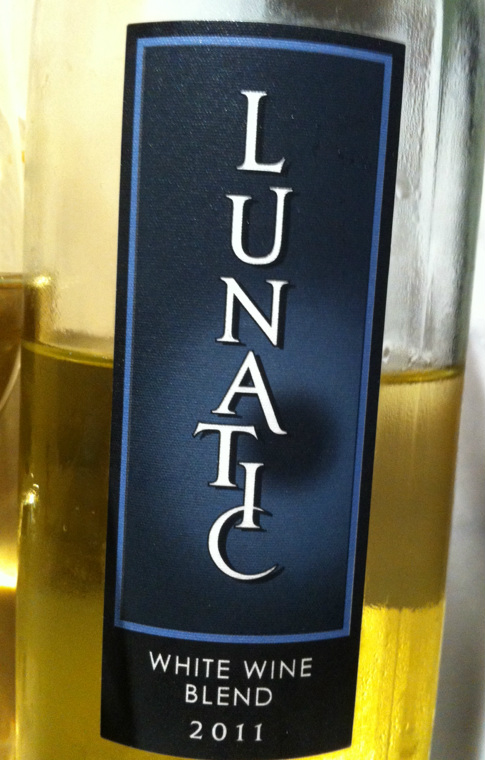
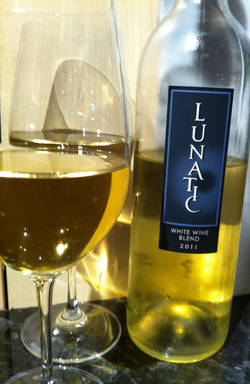
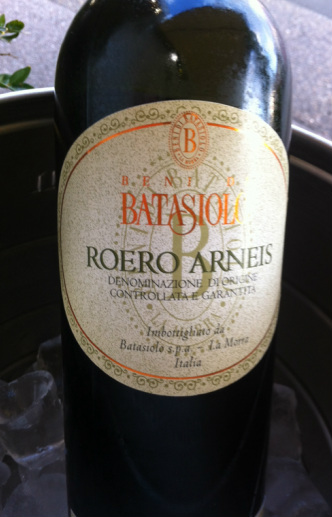
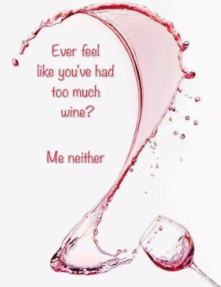
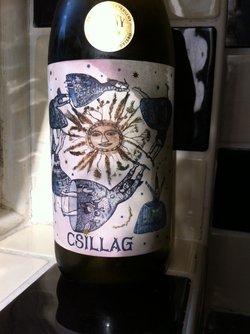

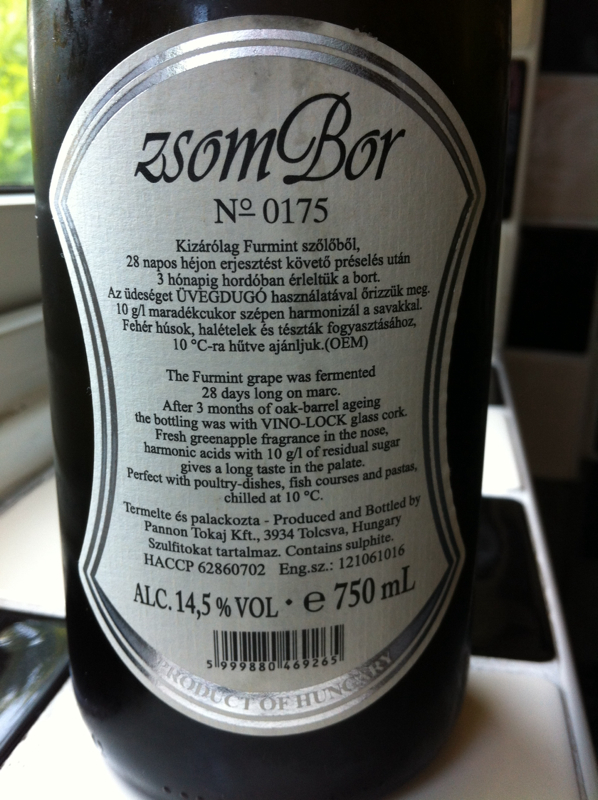
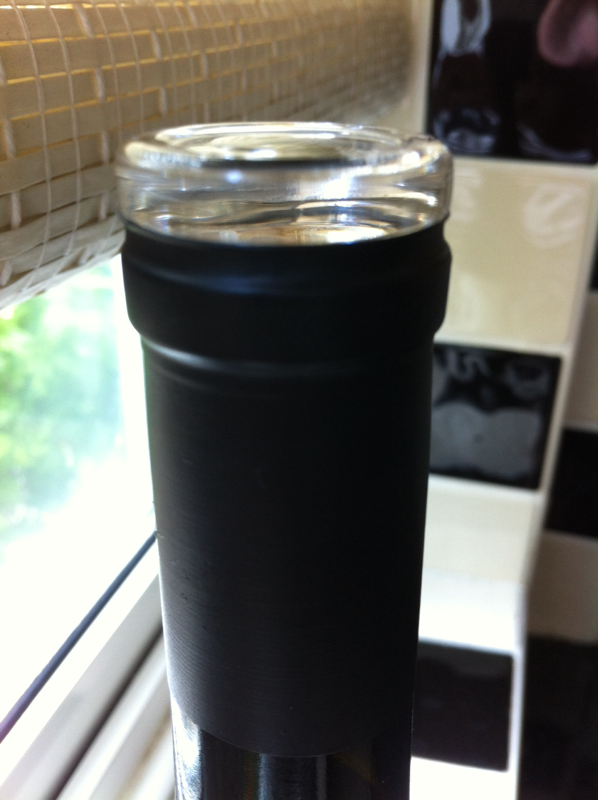


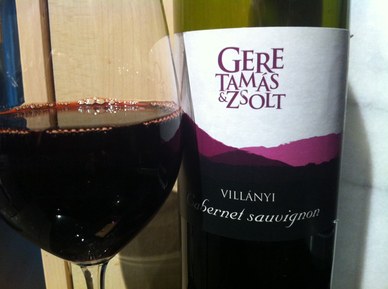
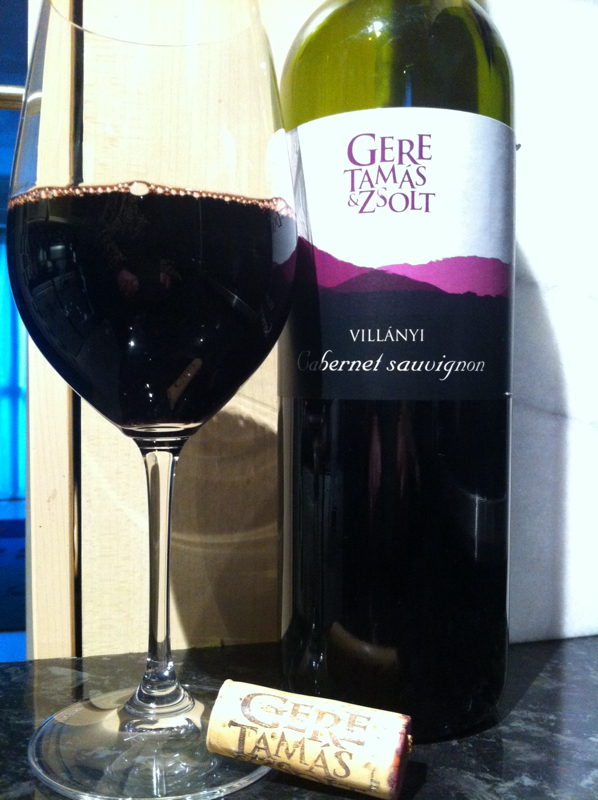
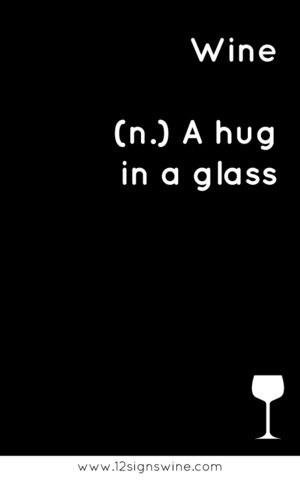
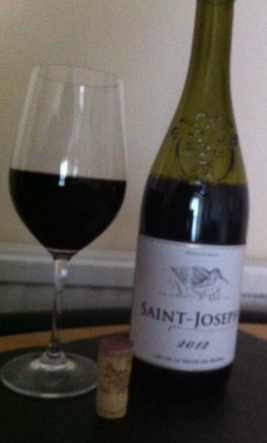
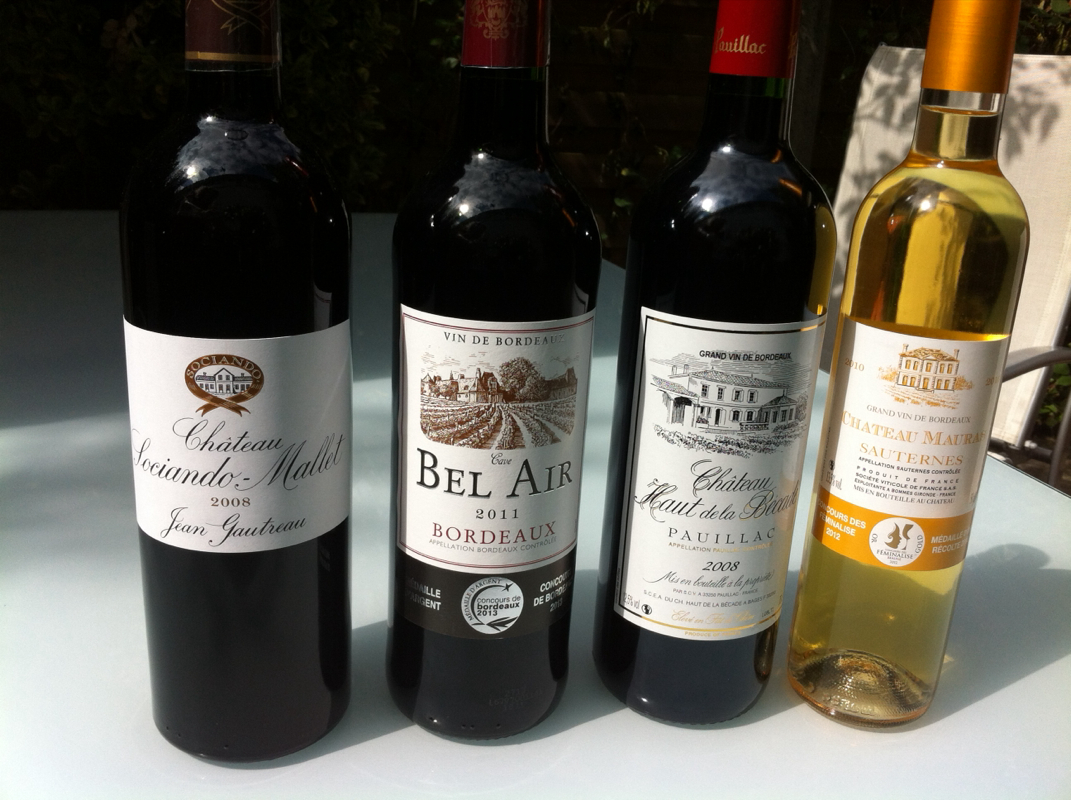
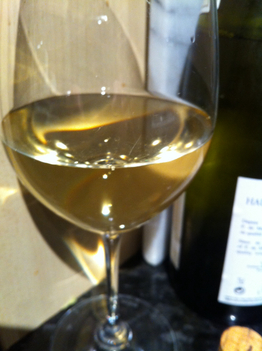
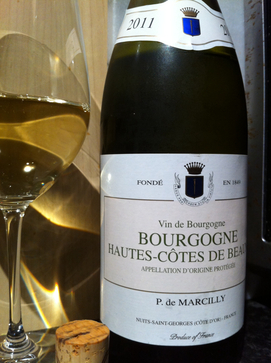
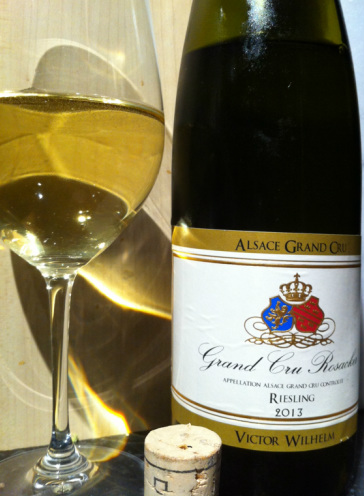
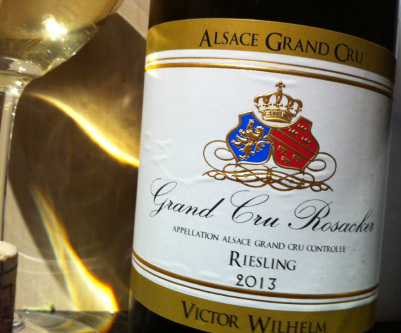
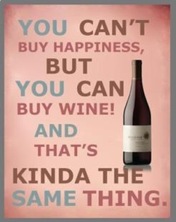

 RSS Feed
RSS Feed
